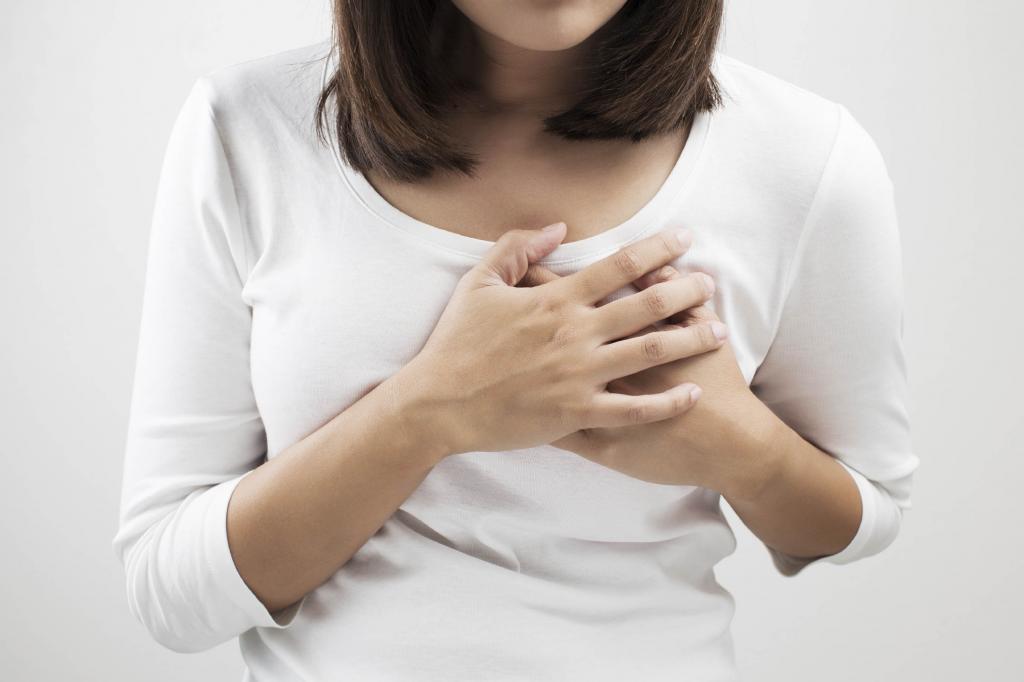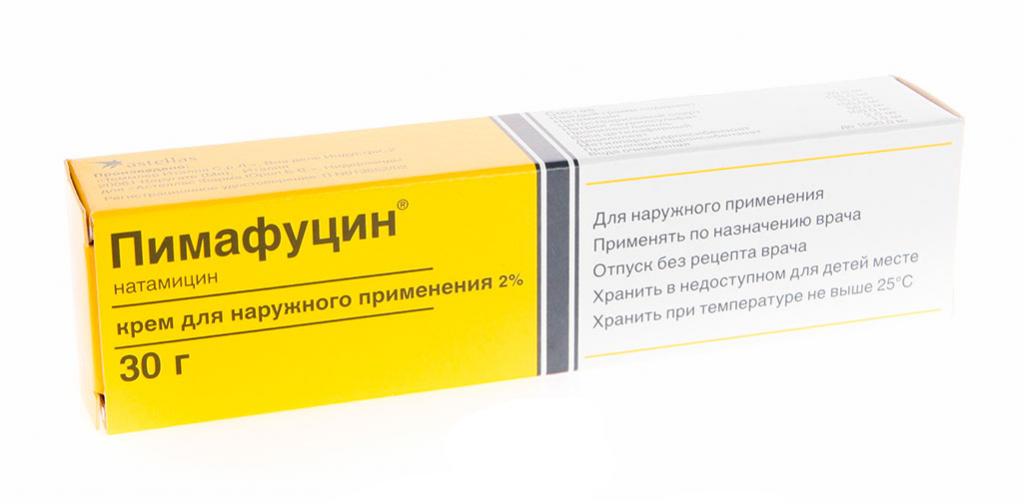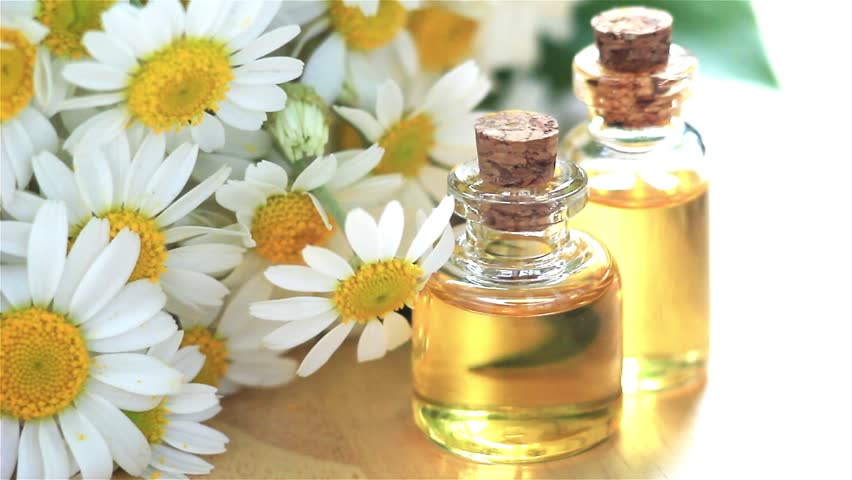A sharp decrease in immunity in a woman after childbirth makes her body vulnerable to various pathologies. Pathogenic microflora receives all the conditions for active reproduction. Therefore, postpartum infections are widespread. One of them is thrush. Candida fungi cause the disease. In addition to its vaginal form, women often encounter breast thrush with breastfeeding. The causes and treatment of this pathology will be discussed in today's article.
Medical certificate
Thrush or candidiasis is a disease caused by the activity of fungi of the genus Candidae. They are present in the body of absolutely healthy people. However, under the influence of certain factors, they begin to multiply at an accelerated pace, causing thrush symptoms. An illness can be caused by both a woman and a man or even a child. The favorite place for the location of the fungus is warm and moist places, such as the mouth or vagina.
During lactation, the mammary glands primarily suffer from it. In this case, unpleasant sensations arise on the nipples and in the milk ducts. If untreated, the disease can harm both the woman herself and the newborn.
Main reasons
The causes of thrush in the breast during breastfeeding are diverse. Most often, the disease develops against a background of decreased immunity and a violation of microflora in the affected area. Such disorders usually occur due to hormonal imbalance. He, in turn, is a consequence of the processes of bearing a child and delivery.
There are other causes of pathology:
- prolonged use of antibiotics;
- glucocorticoid treatment;
- the progression of chronic diseases;
- increased humidity of the skin.
Breast thrush during breastfeeding often develops in women suffering from metabolic disorders in the body against diabetes, obesity or anorexia. Among the additional factors provoking an ailment, the following can be distinguished:
- damage to the nipples during feeding;
- improper diet with a predominance of yeast products, confectionery;
- progression of the vulvovaginal candidiasis;
- persistent anemia.
The lack of quality sleep in combination with chronic fatigue creates additional conditions for the life of the fungal flora.

First symptoms
Many inexperienced mothers who have not previously had to deal with the lactation process may not be aware of the symptoms of breast milk thrush during breastfeeding. However, the lack of timely treatment is dangerous both for the woman herself and for her child. In order to prevent the spread of infection, you should carefully listen to your own feelings.
The main symptoms of breast milk thrush during breastfeeding are:
- itching and burning in the chest;
- nipples acquire a bright pink color and a shiny surface;
- areoles may peel off;
- wearing tight underwear is accompanied by pain;
- bubbles appear on the nipples, a curdled plaque.
With lactation, burning pain may appear, which only intensifies towards the end of feeding. Discomfort is usually felt not only in the nipples, but also in the depths of the mammary glands. However, similar pain can occur due to improper application of the baby. Therefore, to make an accurate diagnosis, you must consult a doctor.

Manifestations of the disease in the newborn
Thrush can be transmitted from mother to baby while breastfeeding. In newborns, the disease always manifests itself in a pronounced clinical picture:
- the appearance of white plaque in the oral cavity;
- the baby becomes tearful, irritable, can refuse food;
- red ulcers form in the groin area;
- fever.
Also, thrush in infants manifests itself in the form of progressive irritation on the surface of the buttocks. A small bubble rash under the diaper usually does not go away for a long time even when using various diaper rash remedies.
Diagnostic Methods
If the first signs of thrush in the breast appear during breastfeeding, you should consult a gynecologist. Diagnosis of the disease begins with a study of the patient’s medical history and physical examination. Be sure to appoint laboratory research methods. A woman takes a scraping from the affected nipple, a breast milk sample. The biomaterials are then subjected to microscopic examination, the results of which can determine the causative agent of a developing infection. After a comprehensive examination, the doctor selects therapy.
Sometimes, a complete blood count, glucose test, and immunogram may additionally be required. To exclude mastitis, an ultrasound scan is suggested.

5 rules for treating breast thrush with breastfeeding
During treatment, it is imperative to adhere to the rules below. Their observance allows you to speed up the healing process without harming the baby.
- After each contact with the chest, toilet, diaper change or other hygiene procedures, wash your hands with soap and water. Such a measure will not allow the fungus to spread. Also, dummies and devices used to express milk should be thoroughly cleaned.
- Underwear must be their cotton. It is useful for 2-3 hours to arrange air baths daily. Breast skin is best kept clean and dry.
- Frequent application of the baby, provided that it is fed for a short time, helps to reduce inflammation. If the pain is severe enough, you can express milk to maintain lactation.
- The appearance of cheesy discharge from the genital tract is an occasion for repeated visits to the gynecologist.
- Treatment of breast thrush with breastfeeding requires a strict diet from a woman. It is necessary to abandon sweets and pastries, foods high in yeast.
Subject to the above recommendations and treatment prescribed by a doctor, a noticeable improvement occurs about 2-3 days.

Drug therapy
Treatment of breast thrush with breastfeeding is a long and laborious process. Drug therapy is prescribed only in extreme cases, when the pain becomes literally unbearable. The doctor selects treatment for both the mother and the child. Therefore, you should also consult with a pediatrician. Otherwise, the likelihood of a relapse of the disease increases.
For local therapy, various creams and ointments are used:
- "Ketoconazole." This antifungal drug helps to quickly eliminate itching and redness in the chest area. It is recommended to apply twice a day with a thin layer. The duration of therapy is 14 days.
- "Nystatin." This ointment is a classic treatment option for breast milk thrush during breastfeeding. It can also be used for therapeutic purposes in children, but only after consulting a pediatrician.
- Candide. The cream is characterized by a wide range of antifungal effects.
- Pimafucin. The drug is used for local therapy, practically has no side effects. Its active substances well destroy fungal colonies, do not pass into breast milk.
Treatment is best done after feeding the baby to prevent drugs from entering the oral cavity. In between, you can additionally treat the nipples with Purelan ointment. It allows you to accelerate the healing process of cracks.
Antifungal drugs of systemic action for the treatment of thrush in the mammary glands during breastfeeding are practically not used. Most of them are banned due to the high risk of penetration of active substances from the blood of a woman to a child during lactation. An exception is fluconazole-based medicines, for example, Diflucan. However, during therapy, lactation should be discontinued. Breast milk for a while can be noticed with a pre-frozen or artificial mixture. The break is quite short. Usually, such treatment takes no more than 3 days.

Help traditional medicine
When the initial signs and symptoms appear, breast milk thrush during breastfeeding can be cured by traditional medicine recipes. In combination with drug therapy, they are able to accelerate the healing process, quickly stop unpleasant sensations.
The most effective method is the treatment of affected areas with a soda solution. For its preparation, a teaspoon of the product must be dissolved in a glass of warm water. Then you can start treatment. Breast processing is recommended immediately after feeding. After the procedure, do not wipe with a towel. It is better to let the breast dry naturally, and then lubricate with a moisturizer.
Also, this tool is suitable for the treatment of thrush in infants. A cotton swab dipped in the solution should be carefully treated with the baby's mouth.
Another traditional anti-inflammatory drug is a decoction of chamomile. It relieves itching well. To prepare it, you will need 2 filter bags of raw materials to fill in 0.5 l of water, insist about half an hour. Wipe the affected area with a solution is recommended every time after feeding.
Tea tree oil has regenerative and antimicrobial properties, but can cause allergies. Before using it to treat breast milk thrush during breastfeeding, you need to conduct a simple test. A few drops of the product should be applied to the inside of the wrist, rubbed. If itching or redness of the skin does not appear in this area within two hours, it can be used. To prepare the medicine, you need to mix 5 ml of any vegetable and 2-3 drops of tea tree oil. Then, the affected nipple should be lubricated with the resulting mixture no more than three times a day.

Possible complications
If the treatment of the disease is neglected, breast thrush during breastfeeding can cause complications. First of all, it causes a decrease in the nutritional value of milk and its quantity, which happens against the background of a feeling of pain during lactation. If a child gets a disease, he may be reluctant to take a chest or lose his appetite altogether.
Another common complication of thrush during lactation is mastitis, blockage of the milk ducts, and lactostasis. In a newborn, a disease can lead to dysbiosis and progression of tonsillitis. Therefore, it is so important not to neglect its first manifestations and immediately seek medical help.
Prevention Methods
In the photo, breast milk thrush during breastfeeding looks rather unpleasant. Therefore, many women have a question how to prevent its occurrence. It is not possible to completely eliminate the causes of the development of the disease. However, it is easy to reduce the likelihood of relapse by following simple rules:
- After feeding the baby, gently pat the breast, leave it open for a while. The disease develops better in a warm and humid environment.
- When using special inserts for a bra it is better to choose thin and "breathing" options, to change them as often as possible.
- The appearance of cracks in the nipples requires immediate treatment. For this purpose, you can use creams "Purelan", "Medela."
- If a woman has previously been diagnosed with vaginal thrush once, one should not ignore her symptoms or refuse treatment. It is better to consult with a gynecologist about relapse prevention measures.
- One of the main causes of thrush is a decrease in immunity against the background of chronic fatigue. Therefore, a woman should pay attention to the daily diet and lifestyle: give the body more rest, eat a balanced diet, often walk in the fresh air.
- Underwear is recommended to choose from natural materials.

Thrush of the chest is a fairly common phenomenon. Various factors can lead to its appearance, starting with a reduced immunity and ending with vaginal candidiasis not treated in a timely manner. The disease manifests itself aggressively, accompanied by unpleasant symptoms in the form of itching and pain. All this can negatively affect the well-being of a woman and a child, the process of lactation. Therefore, you can not run the ailment. If its initial symptoms occur, you should immediately contact a gynecologist, pediatrician. The doctor will be able to choose the most effective means to eliminate thrush, without harming the baby’s health.